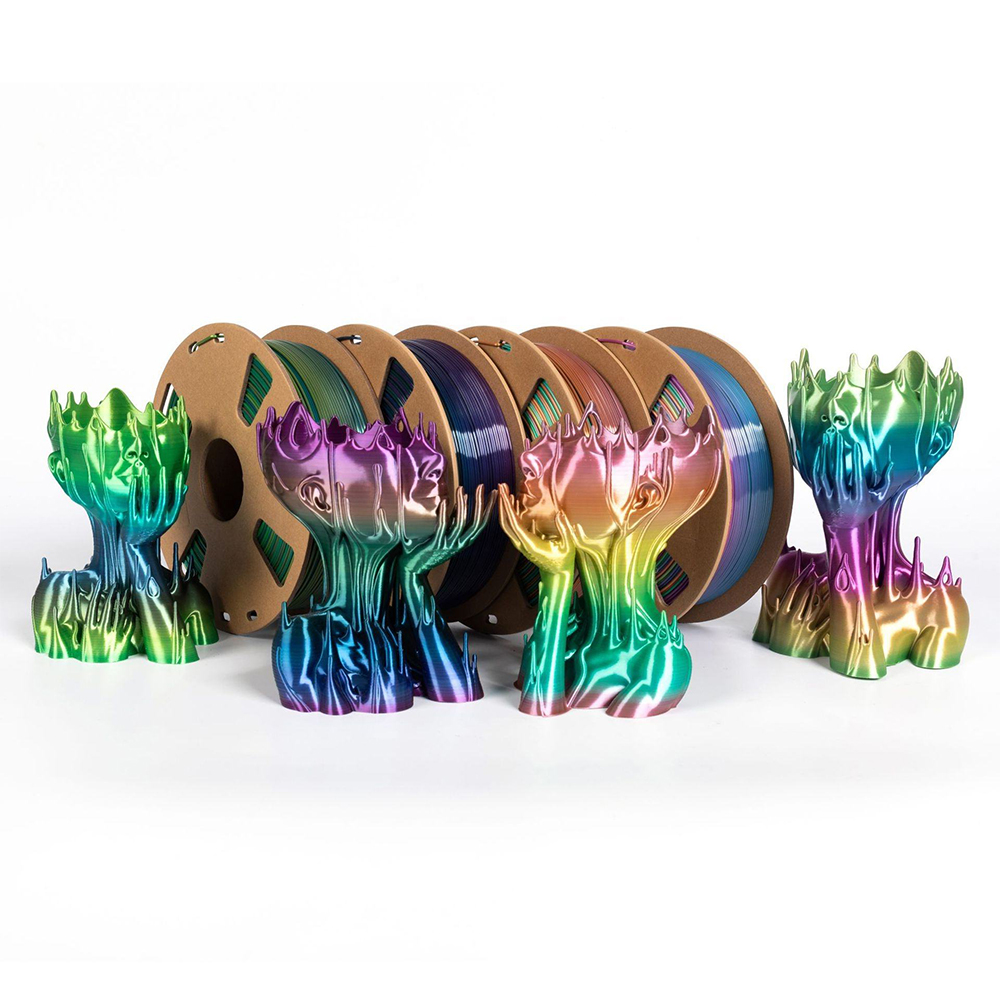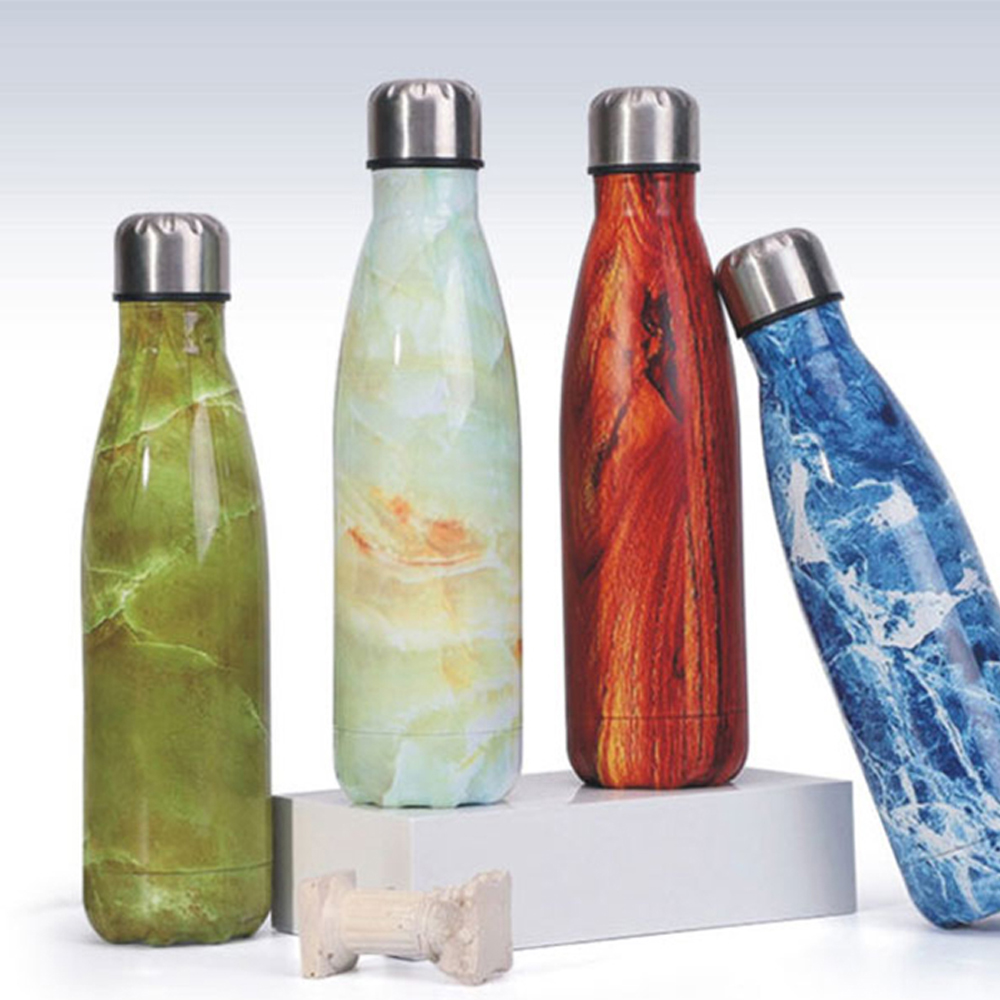
ادغام مستربچ در چاپ سه بعدی: راهنمای جامع از نمونه سازی تا تولید
پرینت سه بعدی به عنوان یک فناوری دگرگون کننده در عصر ما ایستاده است و کاربردهایی را در صنایع مختلف، از نمونه سازی اولیه تا تولید در مقیاس بزرگ پیدا می کند.
IR masterbatch is a concentrated formulation of IR-active additives—often organic dyes, inorganic particles, or specialty pigments—dispersed in a polymer carrier. When blended with a base resin, it alters how that plastic interacts with infrared radiation.
Depending on the type of additive used, the resulting material can:
Absorb infrared light (heat retention or laser protection)
Reflect infrared light (heat reduction)
Transmit infrared wavelengths (sensor compatibility, optical windows)
These capabilities allow IR masterbatch to support energy-efficient, safe, and technologically advanced plastic applications.
The functionality of IR masterbatch is based on how its embedded additives interact with different wavelengths of infrared radiation. Infrared light can be divided into:
Near-Infrared (NIR): 700–2500 nm
Mid-Infrared (MIR): 2500–25,000 nm
Far-Infrared (FIR): > 25,000 nm
Different IR additives are engineered to influence these wavelengths in specific ways:
IR-absorbing masterbatches contain pigments or compounds that capture IR radiation and convert it into heat.
This is achieved through:
Electronic transitions in organic dyes
Lattice vibrations in inorganic particles
Selective absorption peaks tuned to long-wave IR
Working mechanism:
Short-wave IR from sunlight passes through the plastic.
IR additives absorb long-wave IR emitted from soil, surfaces, or objects.
The absorbed IR is re-emitted at a slower rate, reducing heat loss.
This principle is why greenhouse films containing IR absorbers stay warmer at night.
IR-reflecting masterbatches use particles with high IR reflectance, often based on ceramic, metallic oxide, or pearlescent pigments.
Working mechanism:
Additives have a refractive index mismatch with the polymer matrix.
Instead of absorbing IR, they scatter or reflect it outward.
The reflected IR cannot penetrate the plastic surface, reducing heat buildup.
This is especially valuable for automotive interiors, building films, and outdoor products where dark plastics become excessively hot under sunlight.
IR-transparent (or NIR-transparent) masterbatches are formulated using non-carbon black pigments or special dyes that appear dark but do not block infrared wavelengths.
Working mechanism:
Additives absorb visible light but leave IR wavelengths available.
Sensors, detectors, and NIR sorting systems can detect the plastic.
IR signals (from remote controls, LiDAR, etc.) pass through the material with minimal attenuation.
This is essential for electronics housings, NIR-detectable black plastics, and optical system components.
Designed to trap heat or block harmful IR radiation.
برنامه های کاربردی:
Greenhouse films (heat retention)
فیلمهای پنجره عایق حرارت
Laser protection goggles and shields
مواد استتار IR
Engineered to keep surfaces cool by rejecting IR radiation.
برنامه های کاربردی:
Automotive dashboards and trims
Building window films
Outdoor equipment and exposed plastic parts
High-temperature industrial environments
Allows IR signals to pass through—crucial for electronics and recycling.
برنامه های کاربردی:
Remote control receivers
Motion sensors and surveillance cameras
LiDAR equipment
Black packaging detectable in automated recycling
Gas sensors and optical filters
IR masterbatch improves greenhouse energy efficiency by reducing nighttime heat loss and stabilizing growing conditions.
IR-reflective compounds lower cabin temperatures and prevent thermal deformation of interior parts.
Used in IR windows, remote sensor panels, and optical sensors where IR transmission is essential.
IR-absorbing masterbatch provides protection against laser exposure and enables IR camouflage coatings.
Plays a central role in laser marking and laser welding, improving process precision and contrast.
IR-transparent black masterbatch allows automatic NIR sorting of dark packaging—supporting circular economy goals.
High-efficiency nano-grade pigments for stronger IR control with lower dosages
Carbon-black alternatives to support global recycling mandates
Multifunctional masterbatches combining IR properties with UV, anti-fog, or flame-retardant functions
Advanced IR-tuned additives for LiDAR and autonomous vehicle sensors
Sustainable biopolymer-compatible IR masterbatches
IR masterbatch represents one of the most versatile and high-impact innovations in plastics engineering. By absorbing, reflecting, or transmitting infrared radiation, it enables superior thermal management, optical performance, sustainability, and safety across a wide range of industries.
As global demand for energy efficiency, smart sensing, and recyclability grows, IR masterbatch will continue to play a central role in next-generation polymer technologies.
دانش و روندهای صنعت مستربچ را از وبلاگ ما بیاموزید.

پرینت سه بعدی به عنوان یک فناوری دگرگون کننده در عصر ما ایستاده است و کاربردهایی را در صنایع مختلف، از نمونه سازی اولیه تا تولید در مقیاس بزرگ پیدا می کند.

در حوزه صنعت پلاستیک، ایجاد تعادل کامل بین عملکرد و زیبایی شناسی برای اطمینان از عملکرد مطلوب محصول بسیار مهم است.

مستربچهای فلزی بهعنوان نیروگاههای همهکاره در قلمرو صنعت پلاستیک هستند و تأثیری دگرگونکننده در کاربردهای مختلف دارند.
©2023. کلیه حقوق برای سازنده مستربچ محفوظ است.
تیم ما بهترین پیشنهاد را در 20 دقیقه برمیگرداند.